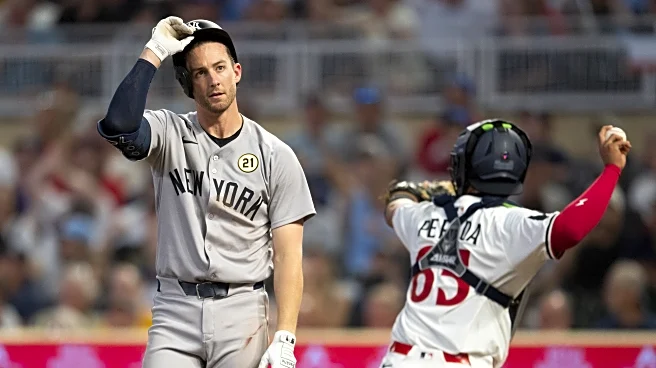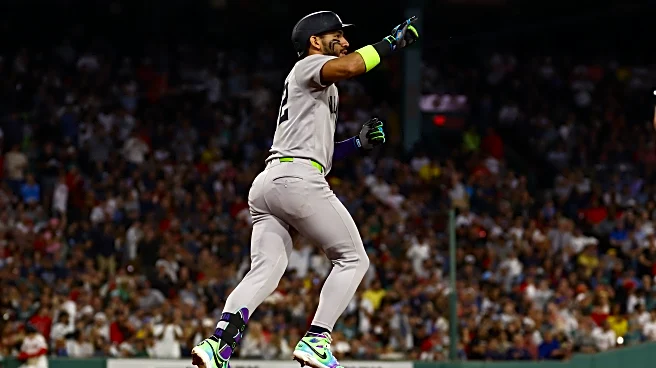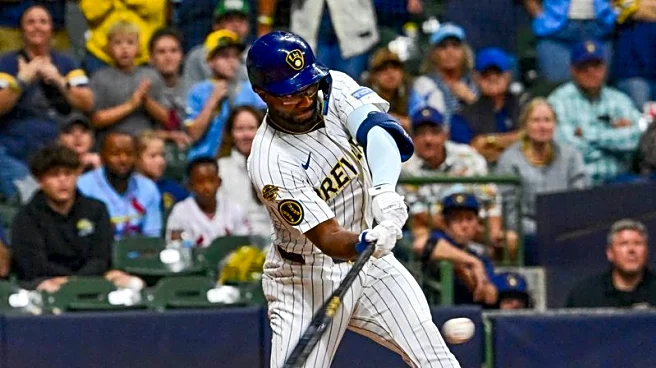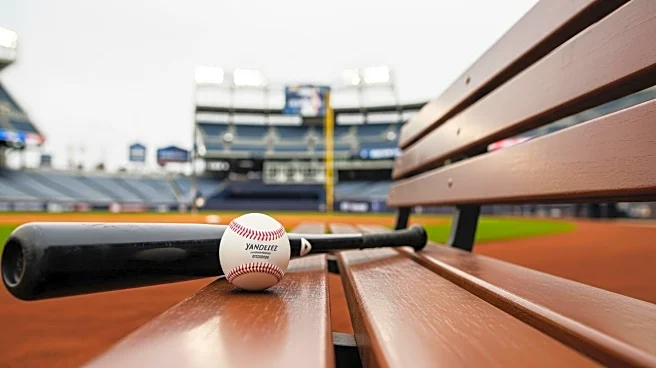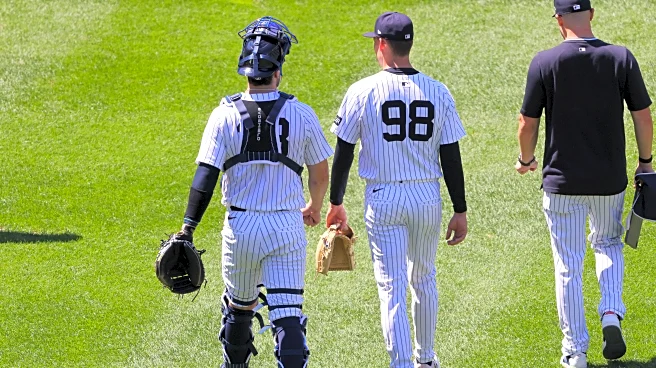The Yankees recently made it through their 12-game gauntlet with a record of 7-5, winning series against the Astros, Blue Jays, and Red Sox. Arguably their most impressive performance came in the final win of that daunting set, the offense finally vanquishing Brayan Bello before some clutch late hitting sealed the victory. Our At-bat of the Week comes from that final rally in the ninth so let’s jump right in.
We join Cody Bellinger with two outs in the ninth, Aaron Judge standing on first after a two-out
single and closer Aroldis Chapman on the mound. Chapman is in the midst of a renaissance year, but in the box is one of the best left-on-left hitters in the league this season, setting up a box office matchup.
While maybe not the one-of-one flamethrower of his early days, Chapman still has easy access to high velo, and he goes right at Bellinger with a first pitch sinker at 97.
Bellinger is ready for the heater and fires an on-time swing, but the pitch is just a little too high for him to get on top of, and the result is a foul back to the screen.
Seeing that Bellinger is sitting dead red, Chapman follows the sinker with a slider, the catcher setting a target low and away.
Chapman doesn’t quite execute to his spot, releasing this slider a bit early such that it lands pretty much middle-middle. However, this is the effect of following the previous sinker with this pitch. Out of the hand it looks like a sinker that is going to run in off the plate, only for it to break in the opposite direction. Bellinger is fooled and leaves the bat on his shoulder.
Just like that, Bellinger finds himself in an 0-2 hole facing one of the toughest pitchers in baseball to get a hit off, which means it’s time to go into battle mode. Now that he has shown Bellinger that he can land the slider in the zone for a called strike (though perhaps not intentionally), Chapman has the situation set up for another slider only this time out of the zone to try to induce a chase.
Chapman mis-executes badly and spikes this pitch into the dirt, making for an automatic take from Bellinger.
That’s two sliders in a row that missed their spots by a wide margin. Rather than risk another mistake in the zone that Bellinger can punish, Chapman switches back to the sinker hoping that the consecutive breaking pitches have slowed Bellinger’s bat down enough that he will be unable to catch back up to the heat.
However, he overthrows this sinker wildly, sending it all the way to the backstop which allows Judge to take second. This is the pivotal moment in the AB as it allows Judge to score on pretty much any base hit, letting Bellinger shorten up his swing and truly focus on bat to ball.
Chapman immediately re-abandons the fastball, perhaps out of fear of another wild pitch. He still has the count leverage in his favor, so he can go back to hunting a chase on the slider.
This is an unreal take from Bellinger. The slider hangs over the plate for much of its journey toward the zone, only taking a right hand turn at the last moment. Bellinger must have read the pitch out of Chapman’s hand because he watches it all the way into the catcher’s glove with little interest in offering.
That last slider was the first pitch that Chapman executed properly in the AB, so it makes sense that he would double up on the pitch here with the feeling of the proper release still fresh in his mind and hand.
This one is even better located than the previous one, over the plate but just below the zone. He gets the chase he is looking for but Bellinger is precise enough with his barrel to track the movement and foul it off to stay alive.
On the seventh pitch of the encounter, Chapman decides to bust out his first four-seamer — the better of his two fastballs when it comes to command.
Another good swing by Bellinger to foul off a pitcher’s pitch and stay alive. He must be seeing the ball well because he recognizes that A) this pitch is a fastball, and B) that it is too close to take, all this calculus taking place in a split second facing a 97 mph pitch.
Chapman is still hunting the strikeout despite Bellinger having worked the count to full and then fouled off a couple pitches, so he tries to get a slider to the same spot low and away that he was able to find with his previous two breakers.
This one slips out of his hand early and sails up and in. However, Bellinger must have identified it as a hanging breaker, because he’s right on time with his swing, his bat traveling just under the pitch as he fouls it straight back.
Chapman certainly does not want to hang another breaker further into the zone, so his focus switches to trying to throw a fastball by Bellinger.
It’s almost as if Bellinger knew this exact pitch was coming, because he fires precisely the swing needed to do damage against a four-seamer up and away. It’s such a professional piece of hitting to take what the pitcher is giving him — the swing is free and easy knowing the dimensions of the ballpark, all Bellinger has to do is use the pitch’s velocity to his favor and get enough wood on it to send it to the opposite field off the Green Monster to plate Judge as the crucial insurance run for a two-run buffer.
Here’s the whole AB:

After the game, the day’s starter Max Fried was asked what makes Bellinger such a tough matchup in these spots. Fried applauded his teammate’s ability to pull inside pitches in the air for power while also being able to stay through outside pitches to the opposite field, meaning there is really nowhere in the strike zone that is safe for the pitcher to hide.
Bellinger has also talked about all the different ‘golf clubs’ in his bag as a metaphor for the different swings he can employ depending on the situation — ahead in the count, two strikes, men in scoring position, etc. We saw him pull out the free and easy seven iron here, Bellinger filleting a slice shot to the spot in the outfield where no fielder can catch it. It’s this evolution into a complete hitter that has made Bellinger one of the most valuable and dependable Yankees this season.

